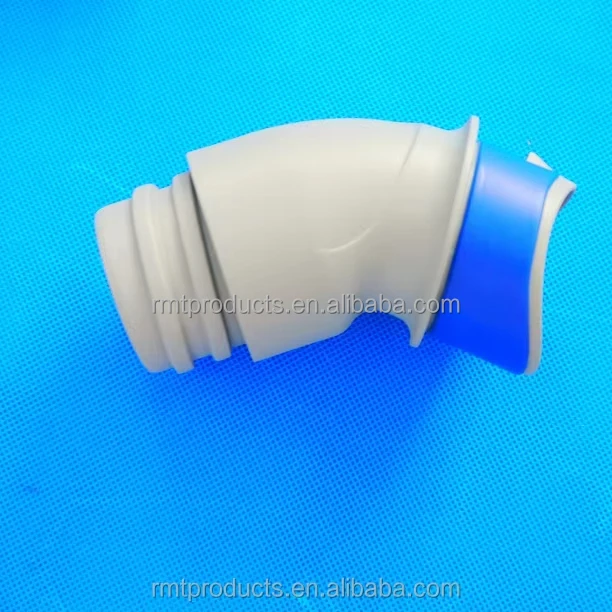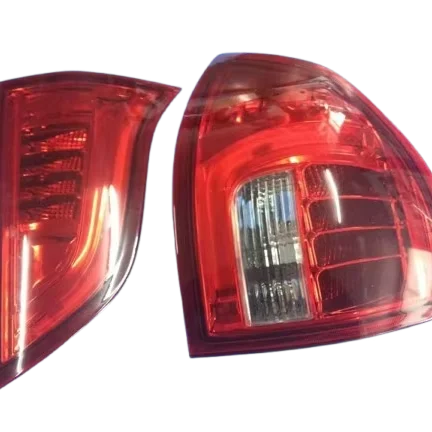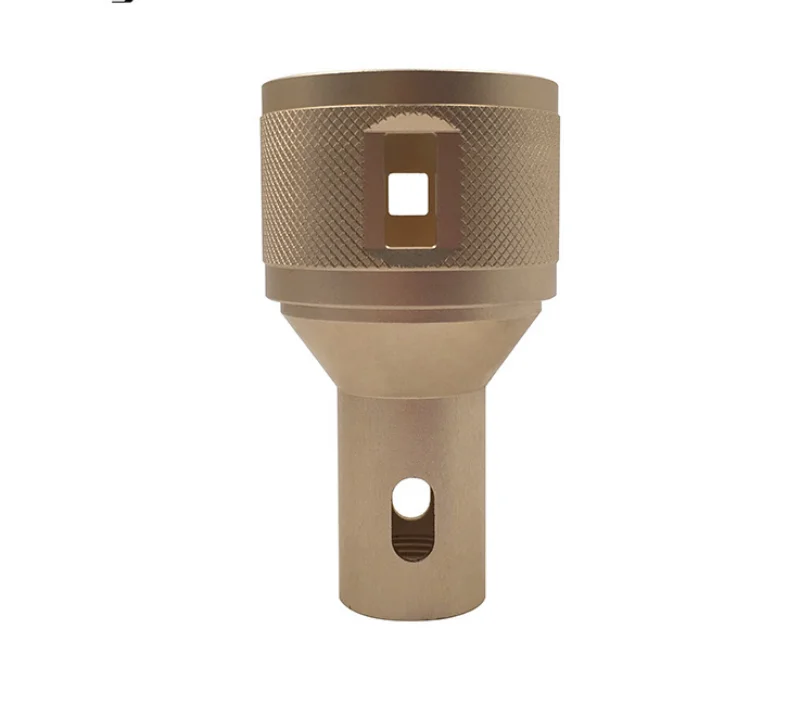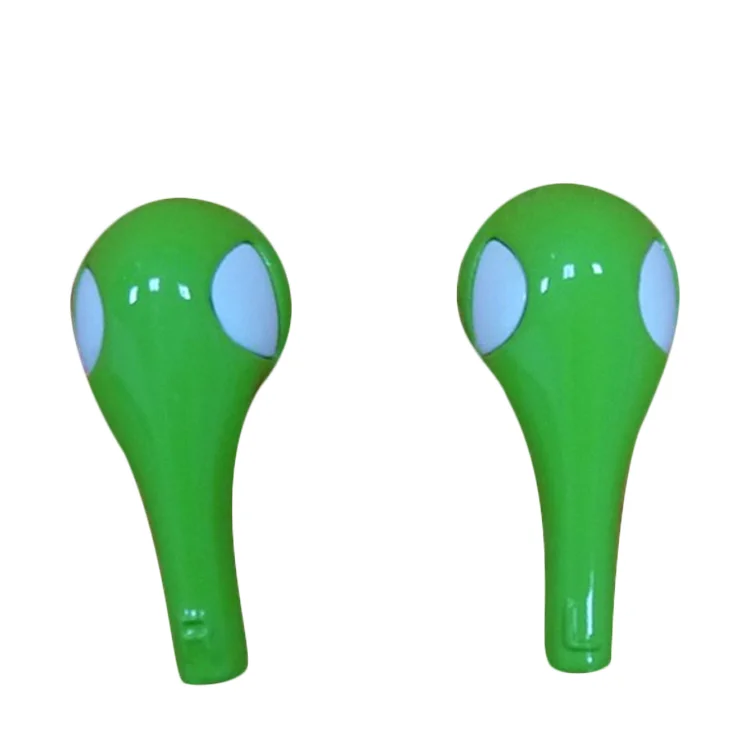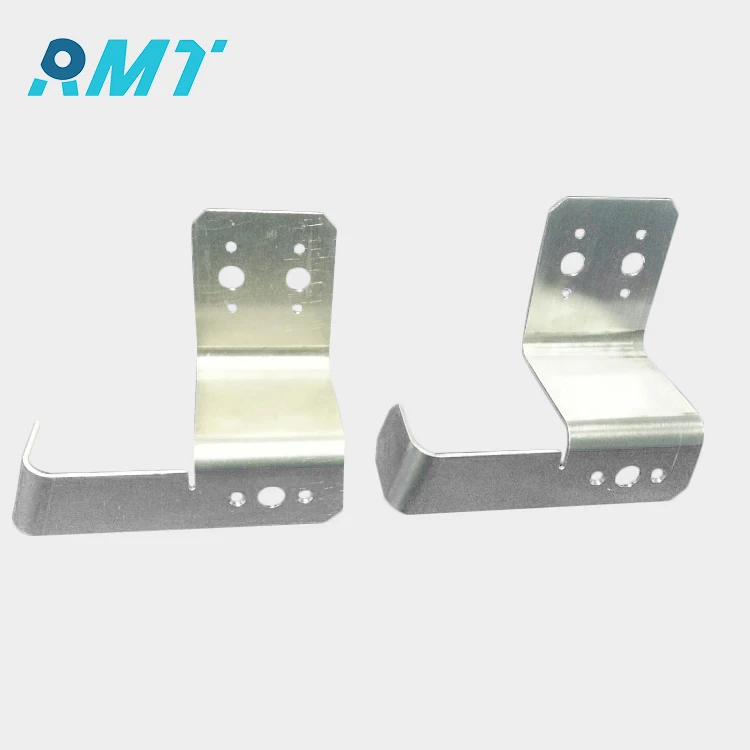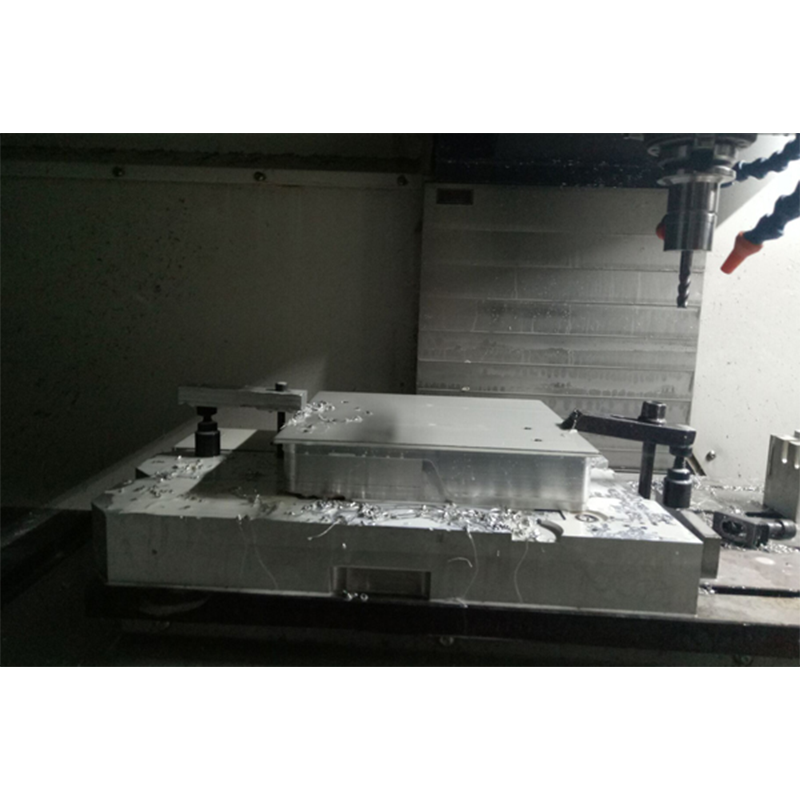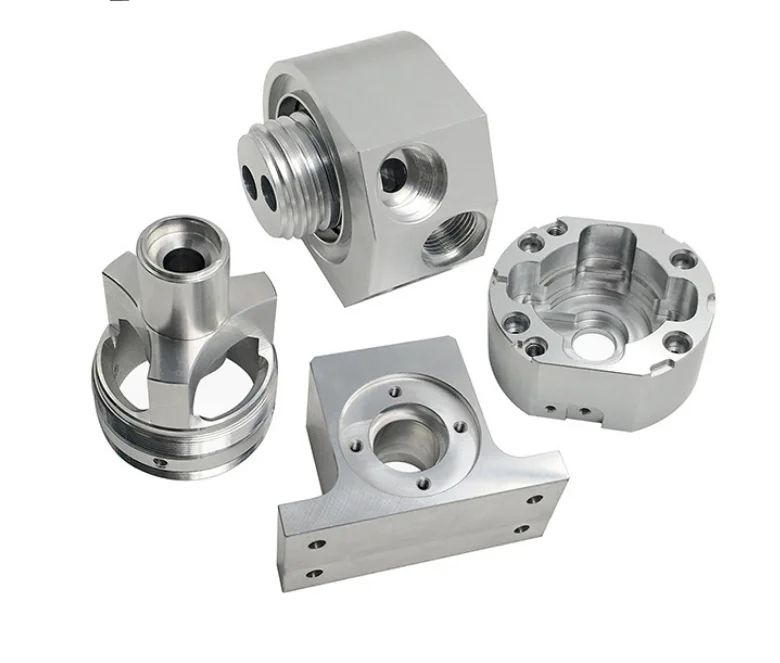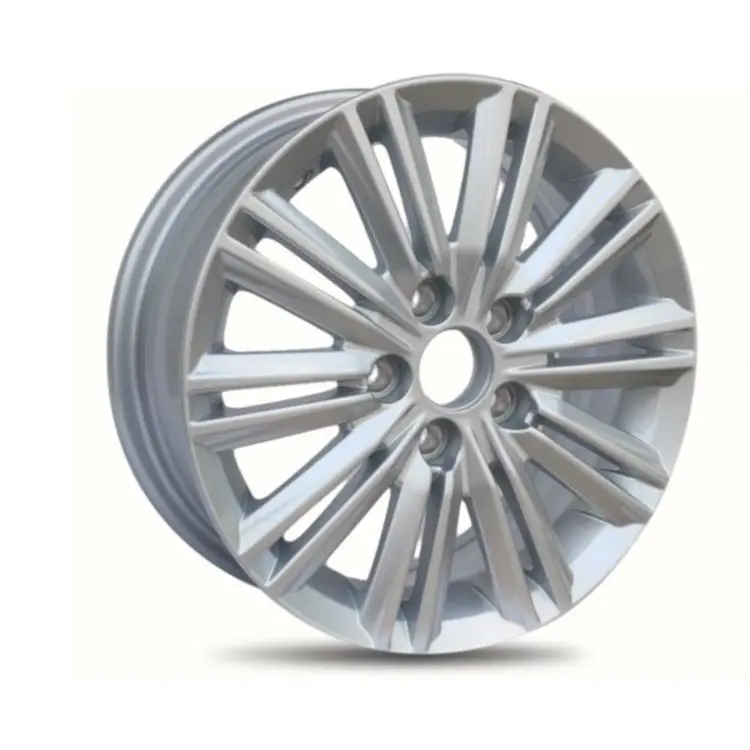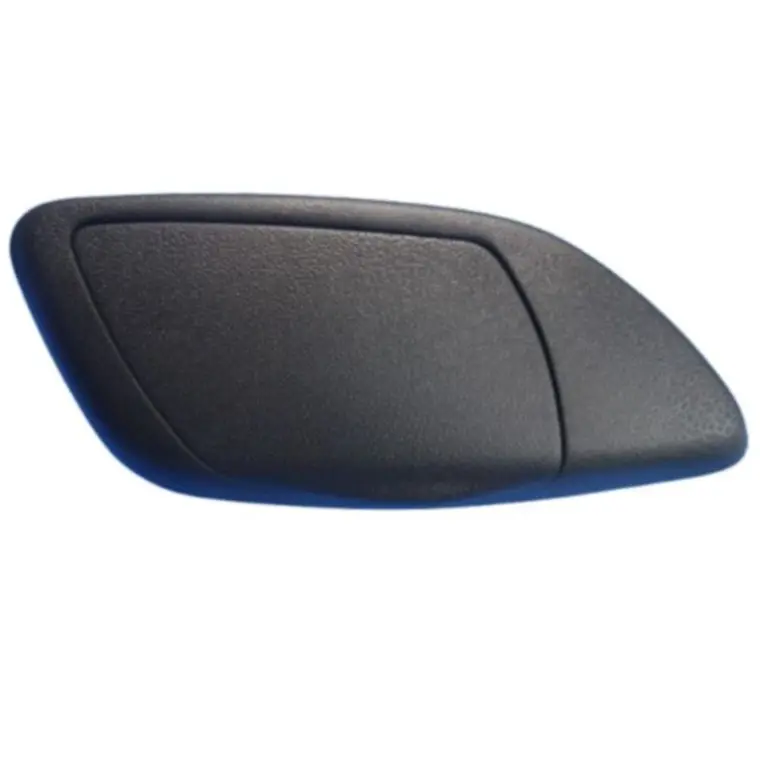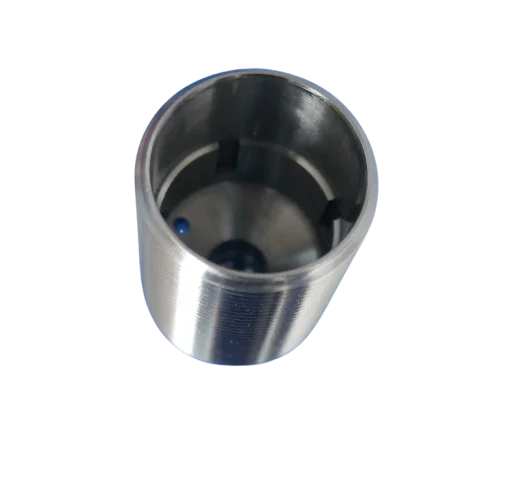Advancements in Rapid Prototyping Materials and Technologies
Understanding Rapid Prototyping Technologies
Rapid prototyping stands out as one of those game changing technologies in both design and manufacturing worlds. It cuts down on how long it takes to get products to market while letting designers experiment with their ideas much faster than traditional methods allow. With this tech, creators can turn digital blueprints into actual models pretty much overnight, which makes getting feedback from stakeholders way easier and helps refine designs before going into full production. What's really interesting is that this speed boost does more than just shorten development timelines it actually leads to better end results because teams can test different versions repeatedly and make improvements along the way. Take the auto industry for instance where manufacturers need to tweak car parts constantly based on crash tests or aerodynamics studies. Consumer electronics companies benefit too when they want to perfect smartphone cases or laptop components before launch. All these factors combined help businesses stay ahead of competitors and keep pushing boundaries in what's possible technologically speaking.
The materials selected for rapid prototyping cover a broad spectrum, with choices dictated largely by what properties are needed for each particular project. Three main categories stand out: polymers, metals, and composite materials. Plastic-based polymers get frequent use because they bend easily and don't break the bank, which makes them great for early stage model building when designers want to test basic shapes without big investments. When something needs to hold up under stress, engineers turn to metals such as aluminum or stainless steel. These materials can take punishment during functional tests without failing. For industries where every ounce counts but structural integrity remains vital, composite materials strike just the right balance between lightweight construction and robustness. That's why we see them so much in aircraft components and car parts production lines. With all these different material possibilities available, companies can tailor their prototypes precisely to match whatever demands their target market throws at them.
Rapid prototyping relies on several core technologies that have transformed how products get made. Take stereolithography, or SLA for short. This process involves firing a laser at liquid resin to build up layers until it becomes a solid object. Great stuff if precision matters most. Then there's FDM printing, which melts down thermoplastic filaments through an extruder nozzle. Many shops favor this approach because it doesn't break the bank and anyone can pick it up pretty quickly. For tougher jobs requiring durability, selective laser sintering comes into play. With SLS technology, lasers fuse together powders like nylon or metals to create parts that actually work under stress. These methods each bring something unique to the table. Some handle delicate designs better than others, while certain materials just won't play nice with particular techniques. As a result, manufacturers now have options tailored to their specific needs across industries ranging from aerospace components to medical devices.
Advancements in Additive Manufacturing for Rapid Prototyping
The field of additive manufacturing is changing how we approach rapid prototyping through new materials like biomaterials, nanocomposites, and high performance plastics. What makes these materials stand out? They simply work better for many applications than traditional options. Research shows that biomaterials have become go to choices for medical devices where compatibility with human tissue matters most, plus they're friendlier to the environment. Meanwhile, nanocomposites pack serious punch when it comes to strength without adding much weight at all. And let's not forget about those tough plastic alternatives either. Industries dealing with extreme temperatures or harsh chemicals are turning to these advanced plastics because regular materials just can't handle what they throw at them. As a result, rapid prototyping isn't limited to just one sector anymore but finds its way into everything from aerospace components to everyday consumer products.
New 3D printing methods are changing how we approach rapid prototyping today. With multi material printing now available, designers can combine several materials within one print job, which means creating far more intricate and actually useful prototypes than ever before. Take CLIP technology for instance it cuts down on printing time significantly while giving those prints a much smoother finish that looks almost finished right off the printer. Companies such as Carbon3D and Formlabs are leading the charge when it comes to adding AI capabilities to their design software. What this means practically is greater freedom during the design phase and faster turnaround times overall. Automotive manufacturers and metal fabricators especially benefit from these improvements since they need quick iterations and high quality results consistently across multiple projects at once.
Impact of Rapid Prototyping on Industries
Rapid prototyping is making waves in how automotive parts get manufactured these days. Car companies can cut down on development time significantly while boosting overall efficiency when they adopt this tech. Take Volkswagen for instance they started using rapid prototyping techniques to make 3D printed tools back in 2018. The results were impressive purchasing costs dropped around 91 percent and implementation took just 5% of what it used to take before. Beyond speeding up the design process, this shift in production methods actually helps with sheet metal work too. Manufacturers now find it easier to customize prototype cars according to what consumers want specifically, something that wasn't really feasible with traditional approaches.
Rapid prototyping is making waves in both healthcare and aerospace fields. For doctors and patients, this tech allows creation of custom implants and medical gear that actually fit each person's unique body shape, which means better results after surgery. The aerospace industry gets something different but equally valuable out of it. Companies there make lighter, more complicated parts for planes using these techniques. The lighter weight helps save fuel money while flying, and those fancy shapes just aren't possible with old school manufacturing methods. Both sectors are finding real value in these prototyping tools because they let manufacturers customize products exactly how they need them, get precise measurements right from the start, and generally work faster than before. As materials science keeps improving, we'll probably see even more creative applications across these important industries.
Challenges and Considerations in Rapid Prototyping
Material limitations pose real problems when working on rapid prototypes. Common prototyping materials like thermoplastics and resins just don't cut it for many applications. They lack the necessary strength and durability needed in specialized areas. Think about aerospace components or medical devices where materials need to be biocompatible and able to handle extreme environments. Finding the right materials that actually work under these conditions is no small task. Different industries have completely different needs, making this selection process complicated at best. Some sectors require materials that can withstand high temperatures while others might need something flexible but still strong enough for repeated use.
Material limitations aren't the only thing manufacturers have to worry about when it comes to rapid prototyping. The money side of things matters too, along with whether or not they can actually scale up production once the prototype looks good. Rapid prototyping does save some cash upfront since there's no need for all those expensive tools and molds. But getting from a small batch to mass production usually brings new expenses that many overlook at first glance. Businesses walk a tightrope here trying to keep costs down while still delivering something that meets quality expectations. Most end up spending on better equipment anyway, and they need smart planning around resource allocation. After all, nobody wants a great looking prototype that can't be made in volume without breaking the bank or compromising on quality standards.
Products and Technologies in Rapid Prototyping
Vacuum casting in factories has become a go-to solution when companies need to create plastic prototypes fast. What makes this process stand out? Speed and lower costs compared to other methods. That's why so many manufacturers turn to vacuum casting when they want to get their new products onto shelves without waiting months. The process creates decent quality samples that engineers can test and tweak before going into full scale manufacturing. For startups especially, being able to see a working model within weeks instead of months can make all the difference between staying competitive or falling behind.
Rapid prototyping gets a major boost from technologies like CNC machining and sheet metal fabrication these days. With CNC machining, designers can get really tight control over how big or small parts need to be, something that matters a lot when creating accurate prototype models. Sheet metal fabrication works differently but just as well for making strong prototypes, especially useful for products that actually need metal strength in the final version. These two approaches together have changed how fast companies can test out new ideas and fix problems before going into full production runs. Many manufacturers report cutting weeks off their development timelines thanks to these modern fabrication methods.
The Future of Rapid Prototyping Technologies
What lies ahead for rapid prototyping tech? Well, it's being shaped by some pretty interesting developments right now. Sustainability is becoming a big deal across the board, while companies are also bringing in smarter robots and automated systems into their workflows. These changes aren't just making things faster but actually improving how accurate prototypes turn out. Speaking of materials, we're seeing all sorts of new stuff hitting the market too. Think self-healing polymers and biocompatible alternatives that are grabbing lots of interest from manufacturers. Some experts believe these materials could revolutionize product design possibilities, especially when looking at medical devices or car components where traditional materials just don't cut it anymore. We've already started seeing prototypes with built-in healing properties tested in real world conditions, which suggests this isn't just theoretical anymore.
The evolution of rapid prototyping means we're seeing major improvements in areas like CNC machining and sheet metal work that will help manufacturers keep up with what's coming next. According to those watching the industry closely, these tech developments do more than just speed things up on the factory floor they actually make it possible to produce better quality parts with more customized features. What this really means for companies is shorter wait times between when an idea gets sketched out and when it becomes something real. We've already started seeing this happen in automotive and aerospace fields where getting products to market faster gives businesses a serious edge over competitors still stuck in traditional methods.

 EN
EN
 AR
AR
 BG
BG
 HR
HR
 CS
CS
 DA
DA
 NL
NL
 FI
FI
 FR
FR
 DE
DE
 EL
EL
 IT
IT
 JA
JA
 KO
KO
 NO
NO
 PL
PL
 PT
PT
 RO
RO
 RU
RU
 ES
ES
 SV
SV
 IW
IW
 LV
LV
 SR
SR
 SK
SK
 UK
UK
 GL
GL
 HU
HU
 TH
TH
 TR
TR
 FA
FA
 GA
GA
 CY
CY
 EU
EU
 BN
BN
 BS
BS
 LA
LA
 NE
NE
 SO
SO
 KK
KK
